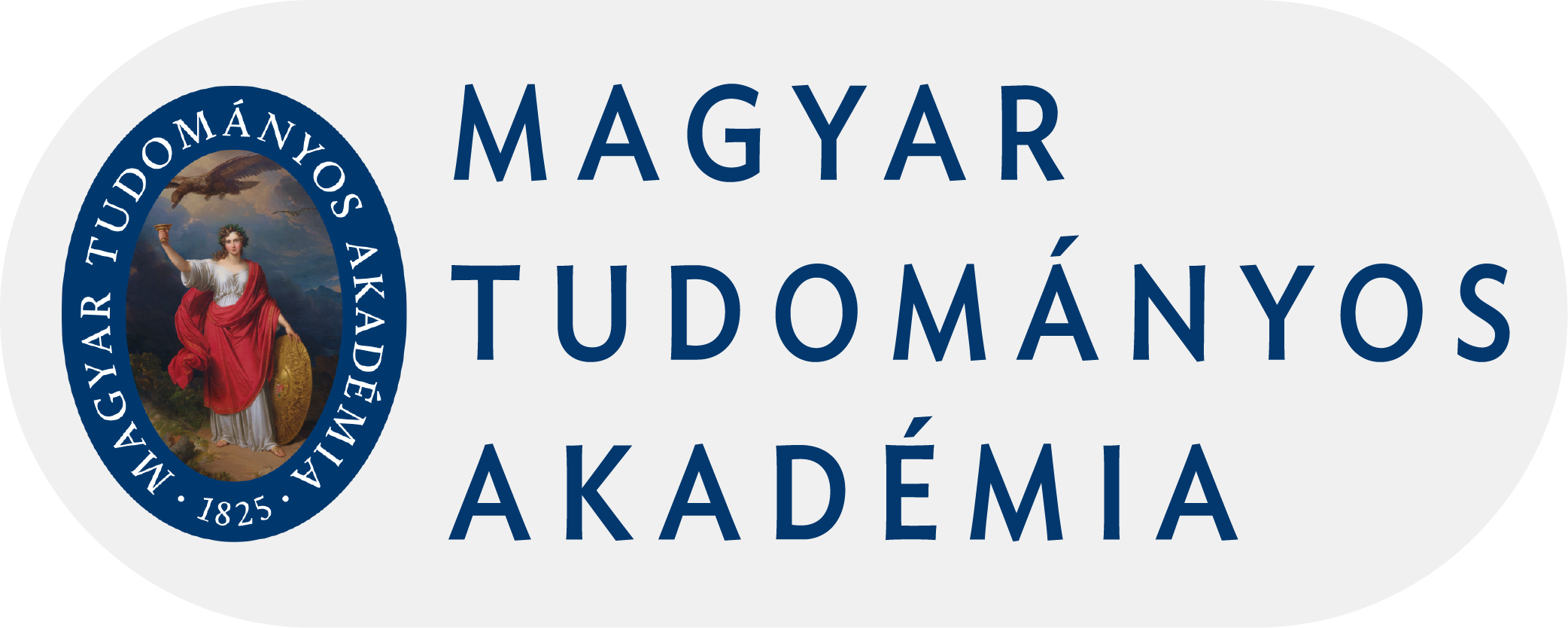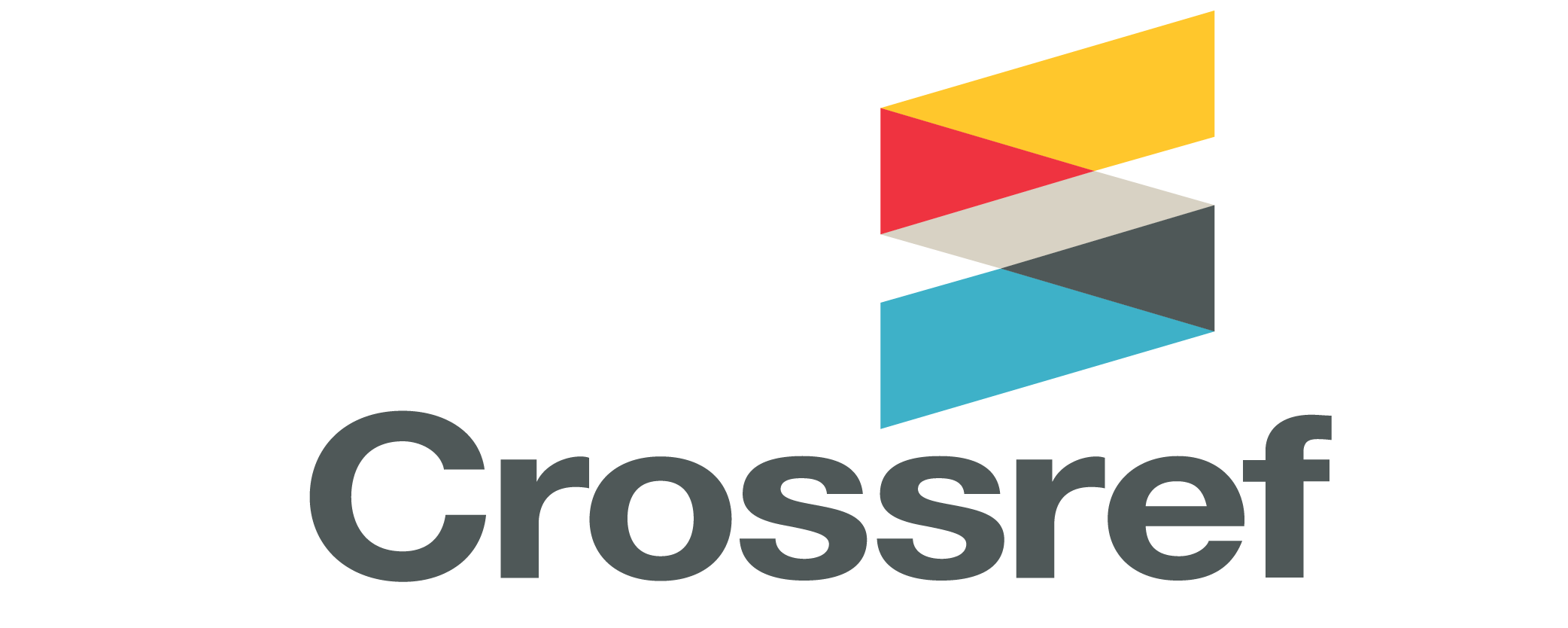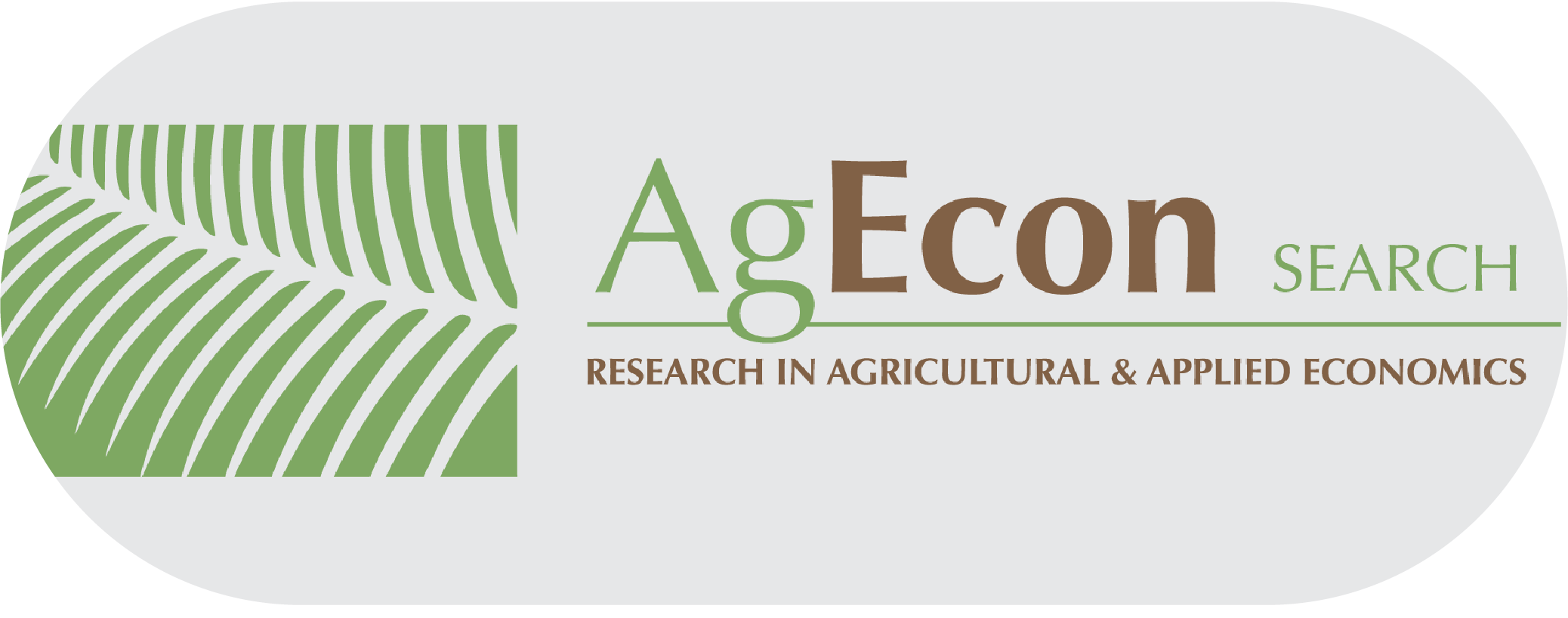Search
Search Results
-
Gender dynamics in Consumer preferences and willingness to pay for edible mushrooms in Ghana
32-37Views:663This study uses choice experiment to investigate men and women consumers’ preferences and willingness to pay for edible mushrooms in Ghana. We used a mixed logit model to examine preference heterogeneity. The econometric modelling revealed that men consumers have a negative utility for oyster mushrooms compared to straw mushrooms. They also have preference for cheap and locally cultivated mushrooms compared to expensive and imported mushrooms. However, women consumers have preferences for the shiitake mushroom variety compared to the straw mushroom variety. They also prefer cheap mushrooms irrespective of their location and such mushrooms must be frozen and not fresh. The findings highlight variation between men and women in preferences for mushroom variety, however, both have preferences for low prices, suggesting that both genders are economically rational and obey the law of demand.
JEL codes: B21, D12
-
Factors influencing Albanian consumer preferences for standardized olive oil
131-136Views:297Albania is considered one of the most important countries where olives are cultivated due to its geographical position and climate conditions. The country is facing many problems with the quality of olive oil which is related to cultivation methods and agronomic techniques. The economic value of the sector is calculated almost €20 million per year. For years the cultivation of olives and associated products have been considered an important sector within agriculture and are an integral part of the Albanian diet. The current study aims to analyze the factors influencing consumer preferences for a standardized olive oil. The data collection was conducted through a socio-economic survey. The survey was an important element which provided general and specific information linked to the study area. The interviewees were selected randomly. Descriptive and multinomial logistic regression analyses were used to evaluate the survey data. As a result, we conclude that Albanian consumers prefer domestic olive oil because they are familiar with the taste and believe in its qualities. Usually, Albanian consumers choose the quality of olive oil at the purchase moment, due to their close relationship with the seller.
JEL CODE: D12
-
Analysis of consumer habits and attitudes on the Hungarian beef and rabbit market
67-70Views:397As a consortium partner the authors took part in a research project aiming at the development of high added value, healthy and environment friendly animal products. From among the products developed by the consortium (rabbit meat, omega3-fatty acid enriched beef, goose liver from non forcible feeding, selenium-, vitamin-E and natural color enriched eggs) the present study describes the results concerning beef and rabbit meat. The given products are chosen because they are produced in and exported from Hungary in considerable quantities and their competitiveness can be further improved. In order to able to map the consumer preferences a 300 count nationwide, representative, questionnaire based survey was designed and performed. Actual products were tested by focus groups and professional interviews. Beside the specific features of the products a common character is that the marketing strategy focuses on the distinctive nutritional benefits and other quality parameters that seem to be of crucial importance for the targeted consumer segment. Their unique character and health protecting effects make their branding and using community labeling easy. Their positioning points toward the prestige products therefore consumers tend to accept higher prices. In marketing communication the image building advertisement can be a common goal.
-
GREEN SPORTS PRODUCT CONSUMPTION
Views:390The escalating climate crisis over the past decades has increasingly impacted the sports sector, particularly the activities of sports equipment and sportswear manufacturing companies. Globally, companies striving to meet the growing consumer demand and expectations are causing
significant environmental impact through the mass production of sports goods and apparel. This impact manifests in extensive waste generation, CO2 emissions, the release of harmful chemicals, wastewater discharge, excessive water and energy consumption, and the relentless exploitation of natural and fossil resources.
In recent years, a shift has gained momentum, aiming to promote sustainable economic and social
practices, with an increasing number of sports equipment and sportswear manufacturers joining this
movement. The sportswear industry has a significant impact on both social and natural environments, making it inevitable for companies to take radical steps to reduce their ecological footprint. For years, several international manufacturers have been implementing numerous sustainability initiatives, striving to adopt water- and energy-efficient, CO2- and waste-reducing manufacturing methods and processes to minimize the environmental impact of their products. These efforts are aimed at making the world a better place for people and the planet, standing up for important social issues, and ensuring fair and ethical working conditions for their employees.
The demand for green sports product consumption is gaining increasing popularity, particularly abroad, leading to noticeable transformations and developments. Consumers are increasingly favoring conscious, responsible consumption, reflected in the growing demand for clothing made from organic cotton, bio-based materials, and sustainable, recycled materials. Moreover, they are paying more attention to ensuring that the sports products they purchase are produced with minimal environmental impact and ethical manufacturing practices. Sports equipment and sportswear manufacturing companies are adapting to these changing consumer trends by offering a broader and more diverse range of eco-friendly sports products, equipment, and apparel to meet the growing interest in environmentally responsible options.
The aim of this study is to examine consumer behavior and attitudes regarding the purchase of sustainably produced sports products, equipment, and apparel, using a population survey. The survey investigated consumer demands, preferences, motivations, and awareness related to green sports products, as well as the factors influencing purchasing and payment willingness and decisions for sustainably produced goods. -
Corporate branding effects on consumer purchase preferences in Serbian telecom market
23-36Views:222This research is carried out to know the role of corporate branding in mobile phone network along with different influencing factors involved in the purchase of mobile telephone connections. This paper discusses corporate branding from consumer’s point of view that how much they value it and what type of role it has.This is a quantitative study. A questionnaire is used in order to investigate corporate branding and other influencing factors involved in purchase decision of the customers. Population selected for this study are Belgrade University students which is the most of Serbian youth segment and is a valuable source that gives precise information with high probability about market preferences according to the Research of Serbian republic statistical office. Primary data are obtained by collecting data from questionnaire and interview, while the secondary data are collected from various reliable sources. Primary data provide reliable content in accordance with a secondary data obtained by Serbian republic statistical office and with a Research of competitor and consumer preferences insight provided by Telenor Company. The analysis of the data has been performed in accordance with the chosen theories and summarized in a table, which serves as a tool for deriving reliable and relevant conclusions. The sample size was determined by conducting a primary study and defining the variance of primary sample and the intended number of samples was selected carefully and randomly from the population. Then the validity and reliability of the questionnaire was determined. The used questionnaire in this research consisted of 7 common, and 30 specialized questions which were supporting the hypotheses of the research. Data was analyzed using the frequency percent techniques, and in the chapter related to the deductive statistics, one-sample t test was used to analyze and approve/disapprove the questions supporting the research hypotheses. The analysis of this study reveals different set of results while making comparison between literature and empirical. It investigates the relative importance of the corporate branding to the customers in mobile phone telecommunication industry while making purchase decision. The findings of this study provided useful information which is helpful not only for the students but also for the brand managers of mobile telecom operators that how they can improve their company’s strategic position for longer period of time through corporate branding to trigger more customers and for a good brand.
-
Corporate branding effects on consumer purchase preferences in Serbian telecom market
91-104Views:298This research is carried out to know the role of corporate branding in mobile phone network along with different influencing factors involved in the purchase of mobile telephone connections. This paper discusses corporate branding from consumer’s point of view that how much they value it and what type of role it has.This is a quantitative study. A questionnaire is used in order to investigate corporate branding and other influencing factors involved in purchase decision of the customers. Population selected for this study are Belgrade University students which is the most of Serbian youth segment and is a valuable source that gives precise information with high probability about market preferences according to the Research of Serbian republic statistical office. Primary data are obtained by collecting data from questionnaire and interview, while the secondary data are collected from various reliable sources. Primary data provide reliable content in accordance with a secondary data obtained by Serbian republic statistical office and with a Research of competitor and consumer preferences insight provided by Telenor Company. The analysis of the data has been performed in accordance with the chosen theories and summarized in a table, which serves as a tool for deriving reliable and relevant conclusions. The sample size was determined by conducting a primary study and defining the variance of primary sample and the intended number of samples was selected carefully and randomly from the population. Then the validity and reliability of the questionnaire was determined. The used questionnaire in this research consisted of 7 common, and 30 specialized questions which were supporting the hypotheses of the research. Data was analyzed using the frequency percent techniques, and in the chapter related to the deductive statistics, one-sample t test was used to analyze and approve/disapprove the questions supporting the research hypotheses. The analysis of this study reveals different set of results while making comparison between literature and empirical. It investigates the relative importance of the corporate branding to the customers in mobile phone telecommunication industry while making purchase decision. The findings of this study provided useful information which is helpful not only for the students but also for the brand managers of mobile telecom operators that how they can improve their company’s strategic position for longer period of time through corporate branding to trigger more customers and for a good brand.
-
HEDONIC PRICE OF FREE-RANGE EGGS IN COSTA RICA
Views:338Eggs are a highly consumed animal product in Costa Rica. It is grown in different production systems and differentiation attributes, although there is little information about consumption and consumer preferences for grazing production. This study aimed to determine the effect of free-grazing on the price per kilogram of eggs paid by the consumer in Costa Rica. The results show a positive effect of 19.77% on price of eggs produced in free-grazing systems, but preference for other attributes such as nutritional fortification, egg size and brand names were also determined. Incorporating free-range technologies to replace caged poultry production can contribute to animal welfare and balance with nature, and producers can opt for differentiated prices in local markets.
-
Synthetic biology applied in the agrifood sector: Societal priorities and pitfalls
89-95Views:498Synthetic biology offers potential for innovation in the agrifood sector, although concerns have been raised consumer rejection of applications will occur similar to that associated with the introduction of genetically modified foods. Risk-benefit assessment should address socio-economic, as well as health and environmental impacts. Ethical issues may be of particular relevance to the application synthetic biology, and may also resonate with societal concerns. A case-by-case analysis of relevant issues may be needed, and innovation must be driven by societal and consumer preferences as well as technological possibilities. Research into consumer and societal priorities is required early in the innovation trajectory.
-
A study on consumer habits in the dietary supplements market
5-12Views:1224There has been a continuous increase in the proportion of consumers using dietary supplements worldwide. Evidence based on former surveys suggests that in Hungary more than half of the population buy at least one type of dietary supplement (hereinafter DS). By using secondary research, the authors of the present paper examine the demographic factors determining the consumption of DS on a global scale. Consumption of DS increases with age and is more frequent among women. Consumers with higher qualifications and income tend to buy products containing vitamins and minerals to a greater degree. In the vast majority of cases the purchase and consumption of DS is based on consumers’ personal preferences and decisions, rather than on their physicians’ advice. It has been found that a high percentage of DS consumers probably do not even need any extra nutrient intake. In our primary research (N=1000) the specific attitudes to and characteristics of DS consumption among Hungarian adults are analysed on the basis of on a nationally representative survey. First, we identify the most important reasons which encourage consumers to buy DS. Consumer awareness concerning DS with a particular vitamin and mineral content and of other sources is examined, and we also assess the consumption of the product which is the most popular. The current paper attempts to identify the outlets Hungarian consumers typically buy DS from, and also what resources they use to keep themselves informed about these products. Consumers who admittedly reported (regular) consumption of a certain kind of DS product 6 months prior to the survey are further examined in relation to certain additional issues. The results of our survey provide an accurate picture of the DS consumption habits of the Hungarian population.
JEL CODE: I12, M31
-
EXPLORING CONSUMER INTENTION FOR FUNCTIONAL FOOD PRODUCTS IN HUNGARY: THE ROLE OF HEALTH CONSCIOUSNESS, NUTRITIONAL KNOWLEDGE AND ATTITUDES
Views:467Background: The potential health advantages of functional food products have increased their appeal. Their reception and implementation are greatly influenced by consumer attitudes and purchasing intentions. The Theory of Planned Behavior (TPB) is used in this study to examine how attitudes toward and intentions to buy functional food products in Hungary are influenced by health consciousness (HC) and nutritional knowledge (KN).
Methods: From March to May 2023, 396 adult Hungarian volunteers took part in an online survey. The poll measured respondents' intentions to buy functional food products as well as their health consciousness, nutritional knowledge, attitudes, and subjective norms (SN). Through pilot research, the questionnaire's reliability and validity were determined. Multiple regression analyses, one-sample t-tests, and Cronbach's alpha were all included in the statistical analysis.
Results: The majority of participants were female, working students. In support of hypotheses H1 and H2, health consciousness significantly influenced attitudes and purchase intentions. H3 and H4 are supported by the findings that nutritional knowledge strongly influenced attitudes and purchase intentions. Both perceived behavioral control and subjective standards had a beneficial impact on purchase intentions supporting H5 and H6.
Conclusion: This study provides important insights into Hungarian consumers' preferences for functional food items. It highlights the beneficial effects of health awareness, information, attitudes, arbitrary standards, and perceived behavioral control on buying intentions. It was discovered that attitudes play an important role in mediating the link between nutritional knowledge, health consciousness, and purchase intentions.
It was discovered that attitudes play an important role in mediating the link between nutritional knowledge, health consciousness, and purchasing intentions. The dynamic functional food market's marketers and legislators should take these findings seriously. The subtleties of these attitudes and their implications for promotional tactics can be explored in greater detail in future research. Promoting healthier food options and informing policy and marketing decisions require an understanding of consumer perceptions and behaviors.
-
Comparison of consumption and purchase habits for University students for industrially kept pigs and mangalica pigs
Views:352The aim of the study is to compare the preferences for the purchase and consumption of industrially kept pigs and mangalica pigs. The research was conducted among the students of the Faculty of Economics and Business of University of Debrecen in October 2019, in the form of an online questionnaire. Descriptive statistical methods, chi-square tests, Spearman rank correlation indexes, factor analysis and two-step cluster analysis were used to analyze the data obtained from the survey. Based on the results, it can be said that there are differences in consumer perceptions of industrially kept pigs and mangalica pigs among a number of sociodemographic factors. Factor analysis was used to delimit three factors in the case of industrially kept pigs (“domestic-branded-fresh product” aspects, factors related to health awareness, aspects of a marketing nature), while in the case of mangalica pigs one factor was identified. Next, I used a two-step cluster analysis using the isolated factors, where several sociodemographic variables were tested. The best fit was shown by the combination of gender and highest educational level. Based on these, it can be concluded that in the case of industrially kept pigs, the factors considered in the purchase were the most important for women and men with higher education in the case of two factors (“domestic-brand-fresh product” aspect and marketing aspects) and for mangalica pigs. While in the case of industrially kept pigs, the third factor (factors related to health awareness) that were taken into account in the purchase proved to be the most important for men with a secondary education.
JEL Code: I12, M31
-
Understanding the demand side and coordinating the supply side for connected goods and services
17-23Views:254This paper addresses the coordination and innovation issues needed for promoting value added at the rural and regional level. There are two sides to value added: the ability to meet consumer demand, and to identify least cost ways of supplying the demanded goods. Human and social capital plays an important role on both sides. At the municipality level the supply side issues are complex. First, because the production space has far more dimensions than for the single entrepreneur. Second, because the value of some goods and services produced depend on what other goods and services that is available. On the supply side networks are important to solve the coordination issues, while networks for identifying and understanding consumer preferences are important on the demand side. Participation in these two network types compete for the same scarce resource, the time of the inhabitants of a municipality. We address these issues in more detail. A major insight from our work is that in addition to the time conflict, innovation and new information may make it more difficult to maintain coordination networks.
-
Consumer attitudes and preferences about the pork meat in Hungary (based on cluster analysis)
151-158Views:468In my study I wish to investigate the fact that how the pork consumption of Hungary changed during the last years. This study focuses on consumer’s attitudes about (pork) meat, what do they think about the healthness of the different meat type, what are the strengths and weaknesses of pork meat, what are the main features of good quality pork meat, what are the major pork purchase influencing factors and what are the favourite food of the respondents from pork meat etc. Then I analyze the tendency of these values (cross tabs, bar/pie charts, means, Chi-square), where can be found significant differences, and make a cluster analysis to identify the pork consumers in Hungary.





